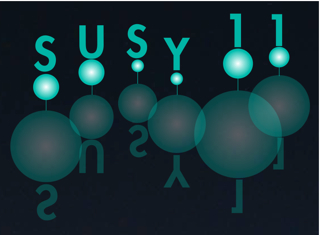Speaker
Mr
Gardner Marshall
(The College of William and Mary)
Description
In the leptophilic model, one Higgs doublet couples to quarks and another couples to leptons. We study the supersymmetric version of this model, concentrating on the tightly constrained Higgs sector, which has four doublets. Constraints from perturbativity, unitarity, and LEP bounds are considered. It is found that the lightest Higgs, h, can have a mass well below 114 GeV, and for masses below 100 GeV will have a substantially enhanced branching ratio into tau pairs. For this region of parameter space, traditional production mechanisms (Higgs-strahlung, W fusion and gluon fusion) are suppressed, but it may be produced in the decay of heavier particles. The second lightest Higgs has a mass of approximately 110 GeV for virtually all of parameter space, with Standard Model couplings, and thus an increase of a few GeV in the current lower bound on the Standard Model Higgs mass would rule out the model. The two heavier Higgs are both gauge-phobic, one decays almost entirely into b pairs and can be produced via gluon fusion while the other decays almost entirely into tau pairs but can't be easily produced.
Primary authors
Mr
Gardner Marshall
(The College of William and Mary)
Dr
Marc Sher
(The College of William and Mary)
